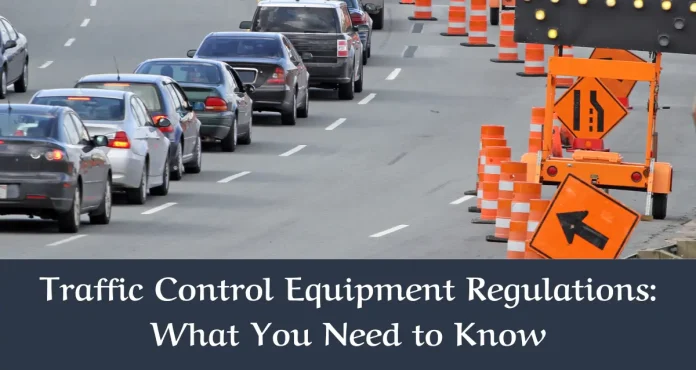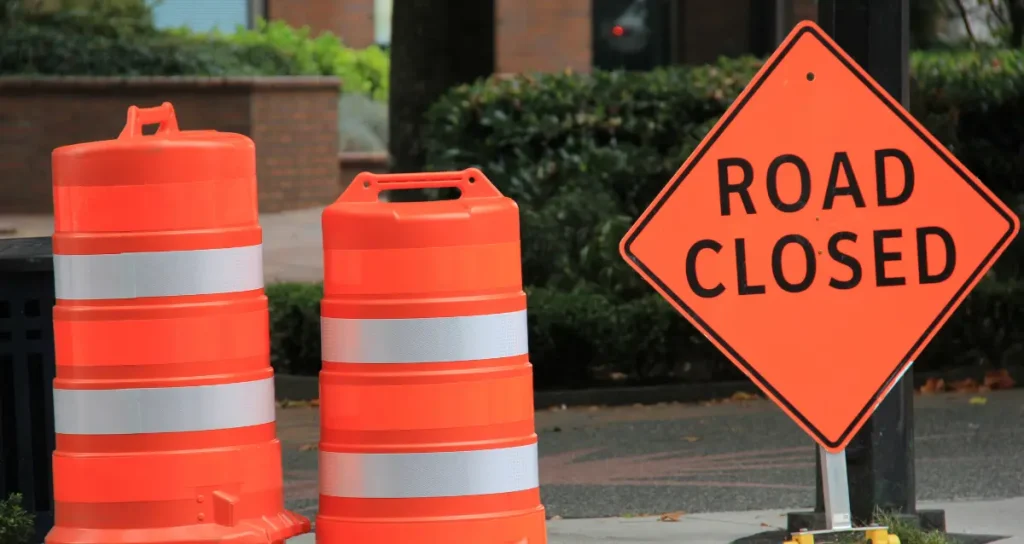
Traffic control supplies play a crucial role in ensuring safety on roads and highways. From traffic signals to road signs and barriers, these devices help regulate the flow of vehicles and pedestrians, preventing accidents and congestion.
However, the deployment and use of such equipment are governed by strict regulations to ensure uniformity, effectiveness, and compliance with safety standards. In this guide, we’ll delve into the essential aspects of traffic control equipment regulations, shedding light on what you need to know to navigate this complex landscape.
Understanding Regulatory Frameworks
Traffic control equipment regulations are typically established and enforced by government agencies responsible for transportation and road management. These agencies may include departments of transportation at the federal, state, or local levels, as well as regulatory bodies tasked with setting standards for road safety and traffic management.
For example in the United States, the Federal Highway Administration (FHWA) plays a significant role in establishing standards and guidelines for traffic control devices through the Manual on Uniform Traffic Control Devices (MUTCD).
Key Components of Regulations:
- Device Standards
Regulations specify the design, construction, and performance standards for various traffic control devices. This includes requirements for materials, colors, dimensions, and visibility to ensure consistency and effectiveness across different locations and conditions. - Installation Guidelines
Proper installation is critical for the effectiveness of traffic control equipment. Regulations provide guidelines on placement, mounting heights, spacing, and orientation to maximize visibility and readability for drivers and pedestrians. - Maintenance Requirements
Regular maintenance is essential to keep traffic control devices in optimal condition. Regulations may outline inspection schedules, cleaning procedures, and repair guidelines to ensure continued functionality and safety. - Compliance Enforcement
Enforcement mechanisms ensure that traffic control equipment meets regulatory standards. This may involve inspections, audits, and penalties for non-compliance, encouraging adherence to regulations and accountability among stakeholders. - Innovation and Updates
Regulatory frameworks evolve to accommodate technological advancements and emerging best practices. Agencies regularly review and update standards to incorporate new technologies, improve safety, and address changing traffic patterns and needs.

Common Types of Traffic Control Equipment:
- Traffic Signals
Traffic signals regulate the flow of vehicles at intersections, pedestrian crossings, and other critical points. Regulations dictate the timing of signal phases, color sequences, and visibility requirements to optimize safety and efficiency. - Road Signs
Road signs convey essential information to drivers, including speed limits, directional guidance, and warnings about hazards and regulations. Regulations specify the design, placement, and wording of signs to ensure clarity and consistency. - Pavement Markings
Pavement markings such as lane lines, arrows, and crosswalks enhance visibility and guide drivers and pedestrians. Regulations define the types of markings, their dimensions, and color schemes to maintain uniformity and effectiveness. - Barriers and Guardrails
Barriers and guardrails protect motorists from roadside hazards and prevent vehicles from veering off the road. Regulations establish standards for barrier design, height, strength, and placement to minimize the risk of accidents and injuries. - Traffic Calming Devices
Traffic calming devices such as speed humps, chicanes, and roundabouts are used to reduce vehicle speeds and improve safety in residential areas and school zones. Regulations govern the design and implementation of these devices to achieve their intended objectives without causing undue inconvenience or confusion.
Conclusion
Navigating traffic control equipment regulations is essential for ensuring the safety and efficiency of our roadways. By understanding the regulatory frameworks, adhering to device standards, and staying informed about updates and innovations, transportation professionals can contribute to the creation of safer and more sustainable transportation systems. Ultimately, compliance with regulations not only saves lives but also promotes smoother traffic flow and enhances the overall quality of our transportation infrastructure.
Check out Bulletproof Backpacks for Parental Safety.









